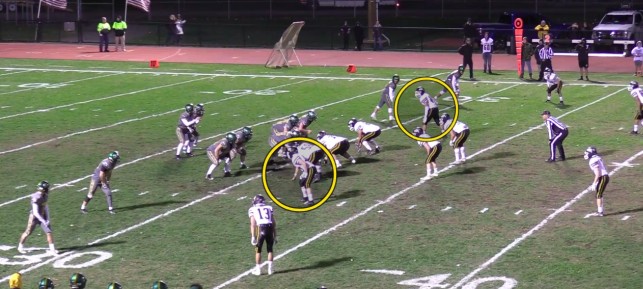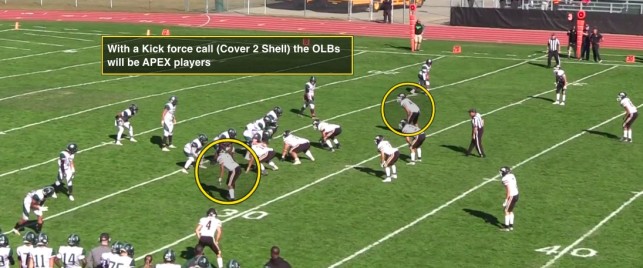By David Pitman
Defensive Coordinator
Sachem North High School (NY)
Twitter: @coachdip
I recently wrote a sort of manifesto, putting the defensive system that I have adapted and evolved over the course of my almost 20-year coaching career into words. I want to share part of the introduction:
“I have read many articles promoting the value of playing multiple fronts and although I understand this value, I believe that it also promotes the ‘Jack of all trades, master of none’ mentality. In our system, we talk about playing a singular front with multiple coverage checks and adjustments. Our players are given visual keys and taught that action leads to reaction. If they can master this action and reaction, I believe that we can compete. In high school, we have to coach the players that show up and at times those players will not be the most talented players on the field, but by concentrating on a singular front we create mastery, it is this mastery that defines ‘What We Do.’”
In my original article, I spoke, in a general way, about a 3-4 defense built around a “box” that rarely changes. We play a 0 and two 4is with two ILBs aligned at 5 yards over the guards almost 100% of the time. By consistently, “Closing the Box” we can through automatic coverage checks be prepared to play against a multitude of different offenses. We believe that this consistency allows us to be a sound high school defense year in and year out.
If we can trust that the box will be closed, we can now focus on the “shell”. The shell consists of two OLBs, two corners, and two safeties. We will align them pre-snap in a two-high look and move according to the coverage check made by the players on the field. The beauty of the 3-4 is we can manipulate who the force player is by changing the coverage call, while not changing the alignments or assignments for the box players. The difference between our philosophy and others is we believe that maintaining the stability of the box is essential to being consistently successful. The flexibility of the shell allows us to do this. It is because of this that we put a focus on training our OLBs and Safeties. They are the key to this scheme and where you will put your best players. They are true “Hybrids.” Cody Alexander states in his book Hybrids: The Making of a Modern Defense, “The beauty within football is the constant cat and mouse game between offense and defense. As the modern game moves forward defenses are constantly being challenged to adjust to the way the modern offensive game is played.” It is the OLBs and Safeties in this system that allows for those adjustments. They also allow you to be competitive with lesser ability players at the other positions who have, again, mastered their limited and repetitive alignments and assignments. This is why as the defensive coordinator I coach the safeties and often drill the OLBs and safeties together. They must be an extension of the coach on the field.
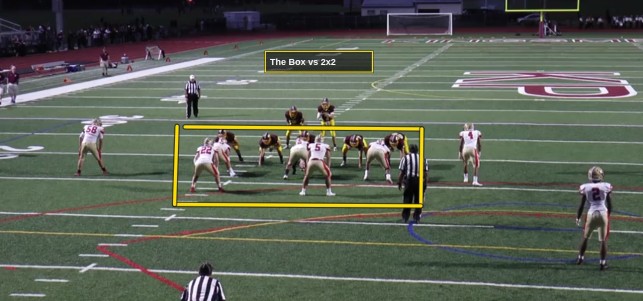
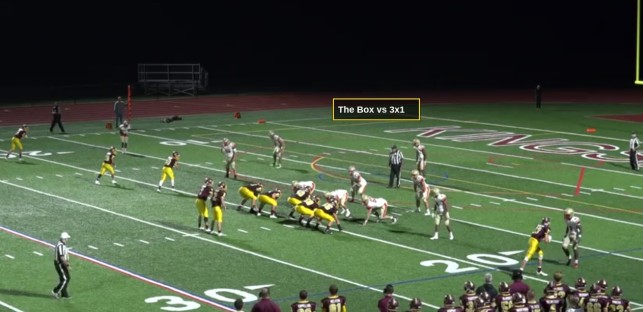
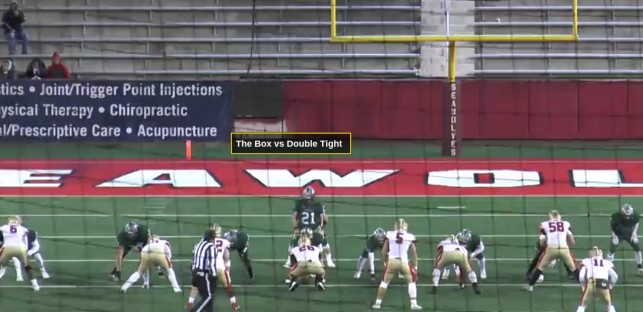
Notice in the above diagrams the box remains intact vs a number of different offensive formations.
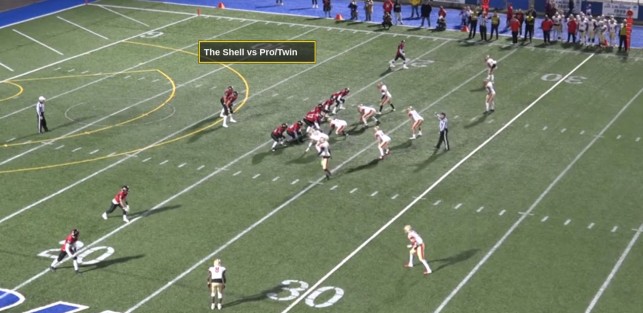
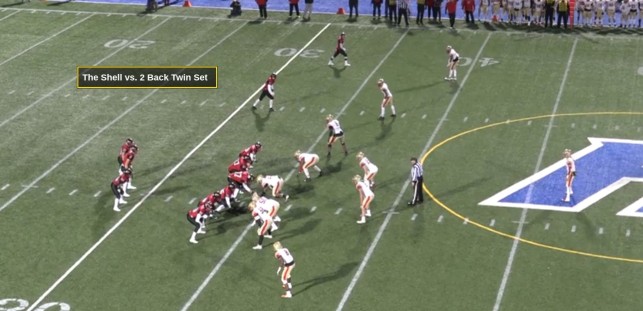
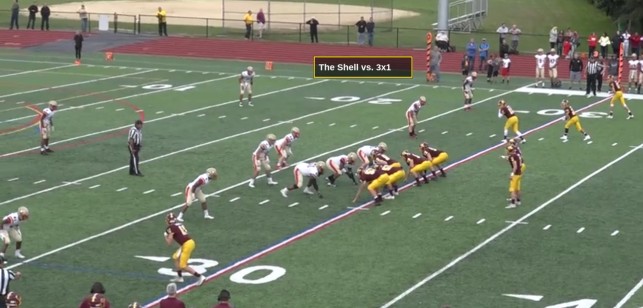
In the above diagrams, we will adjust the shell to align to different formations and play different coverages.
The purpose of this article is to detail how we teach the OLB.
The Shell: OLBs
We play with two stand up OLBs. Their alignment is determined by the coverage check made by the safety. For example, if the safety checks the coverage to cover 2 scheme then he will align in the apex between the #2 receiver and the EMLOS. If the safety calls for a cover 3 scheme he will either become an on the ball defensive end (if the safety has taken force) or a 4x4 off the EMLOS in a traditional 4-4 OLB position prepared to be the force player to his side. The OLB must be able to play on the line of scrimmage, in the apex, and over a #2 receiver. This is challenging and we have traditionally flipped these players strong and weak to highlight the things each player does well. These players need to be able to edge rush the quarterback and drop into a number of coverage schemes. This diversity requires a great commitment from the player and the coaching staff. The OLBs are given the EMLOS as their visual key. Their reactions to the actions of this player will in a sense, set the edge. Depending on the coverage and force call the OLB will be responsible to either force the run back inside or spill the ball carrier to a defensive back who has been established as the force player. Because the OLBs reactions are connected to the actions of the EMLOS we can introduce it in the spring and summer. As was stated earlier, the EMLOS can only do a few things. The EMLOS can reach, scoop, pull to/away, block down, or pass set. Each of these actions has a complementary reaction. I feel the urge to apologize for being repetitive, but that is the underlying theme of our defense. It is this repetitive nature that gives us the confidence, that gives us an edge as we face multiple offenses throughout the season.
